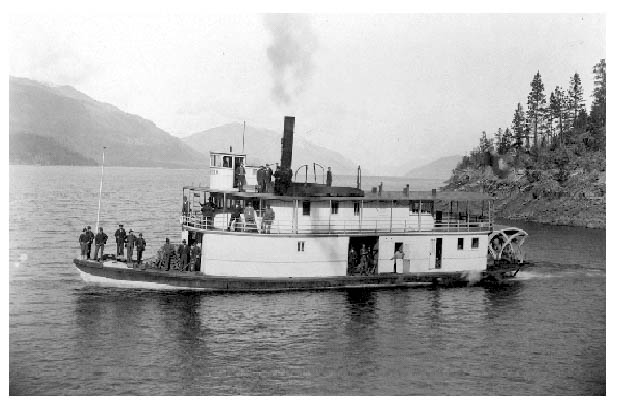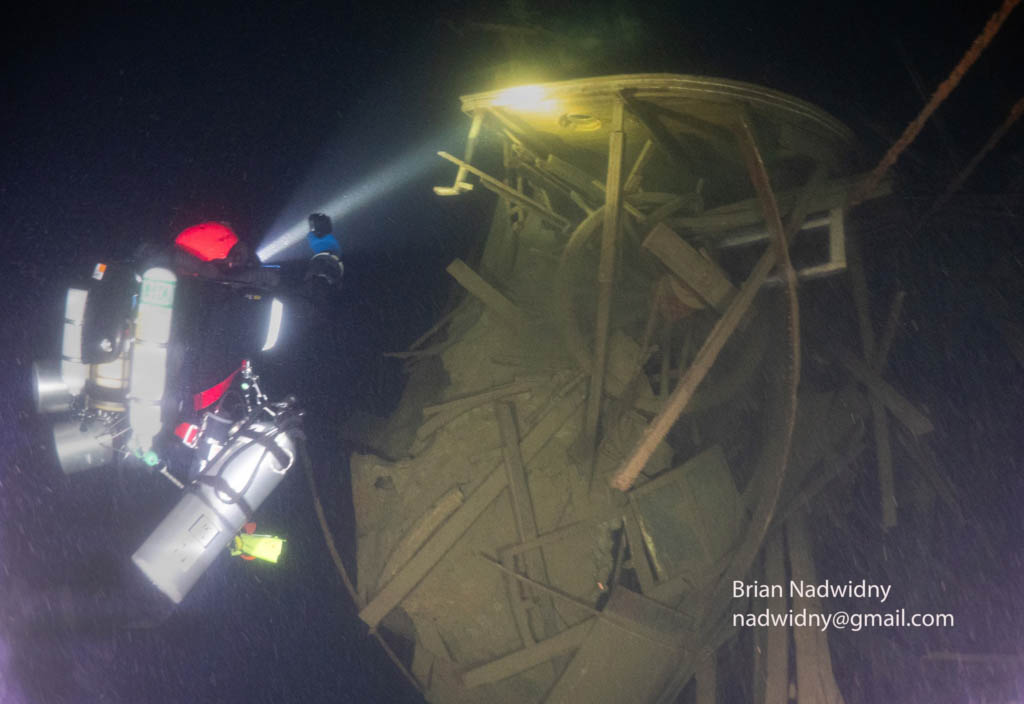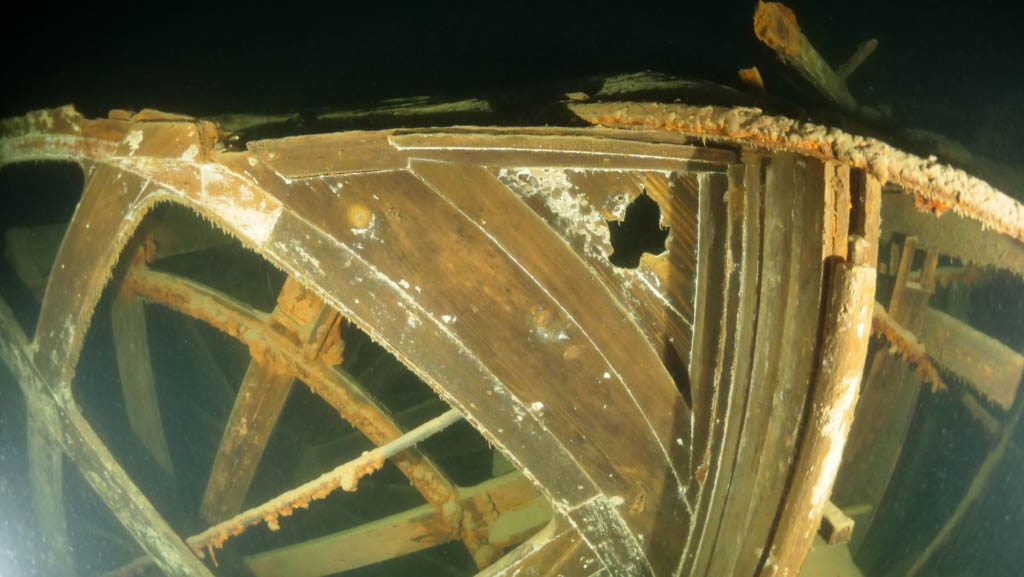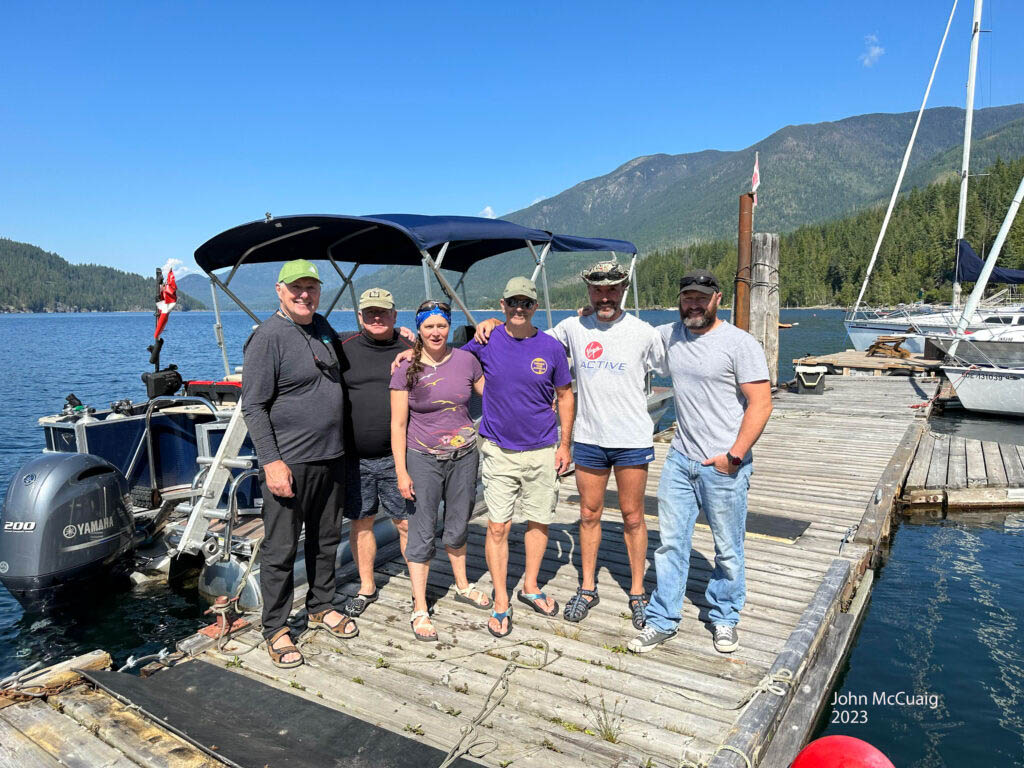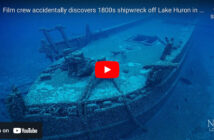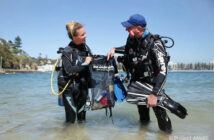From 1892 to 1898, the City of Ainsworth operated as a paddle steamer sternwheeler on Kootenay Lake in British Columbia, Canada. She was one of the first sternwheelers on Kootenay Lake, and regrettably the most tragic. The SS City of Ainsworth was constructed in 1892 to give the expanding community at Ainsworth a way to reliably transport goods and passengers.
This third sternwheeler constructed for use on Kootenay Lake, City of Ainsworth was launched on May 4, 1892. The first two were Nelson, which was launched in June 1891, and Spokane, which served the Great Northern Railway. Ainsworth travelled from Kaslo to Nelson, stopping at Ainsworth, Pilot Bay, and Balfour along the way. The famous Moyie, which would serve the region for 59 years and be the last commercial sternwheeler to operate in the province, was among the many sternwheelers built for Kootenay Lake in the years after her launch. It is also one of the very few that have been preserved and can be seen today. City of Ainsworth, on the other hand, faced a much more bleak future.
City of Ainsworth Demise:
City of Ainsworth left Nelson for Bonner’s Ferry on November 29, 1898, but was caught in a gale-force storm. She started to founder after being weighed down with eight cords of wood on her bow. The firewood was quickly thrown overboard by the crew and passengers, but then water suddenly rushed up onto her stern, turning her broadside and causing her to roll in the waves. She occasionally rolled over to the point where water poured into her smokestack. One of the two lifeboats was deployed by the first officer, but as soon as five people boarded it, it was swamped and four of them perished in the waves. Five more people perished after the second lifeboat was launched with less successful results. Captain Lean, Seaman Donnelly, and Engineer Kale helped Captain Lean row four passengers 3.2 km (two miles) through the storm-tossed water and safely land them at the shore. One of the lifeboats was reclaimed. The remaining passengers were all saved by the three men on two additional trips, but the final death toll of seven crew members and two passengers made it the worst sternwheeler accident on Kootenay Lake.
City of Ainsworth sank in 110 m (360 feet) of water, and it wasn’t until 1990—nearly a century later—that its wreckage was found. Several Cambrian Foundation members successfully completed two dives to City of Ainsworth in September 1997. Due to the wreck’s extreme depth, the poor visibility in the water, and the hazardous surface conditions on Kootenay Lake, no prior attempts to dive down to it had been made. After only 10 minutes at the bottom, the dive team had to decompress for 75 minutes, but they were still able to film City of Ainsworth and report that she was largely undamaged and sitting upright.
During the week of August 28 to September 1, 2023, highly experienced divers from Alberta and British Columbia dove the shipwreck. The VexNow team (Divers: Brian Nadwidny, Johnny Ryan, Alan Drake and Glenn Farquhar. Supported by John McCuaig, Terina Hancock and Cathie McCuaig) visited the site 3 times and obtained video and photographic images that show the collapse over the years.
As a “Provincial Heritage Site,” the location is legally protected under the Heritage Conservation Act. The City of Ainsworth’s wreck is significant as a memorial to the biggest maritime catastrophe in the history of the inland lakes of British Columbia.




